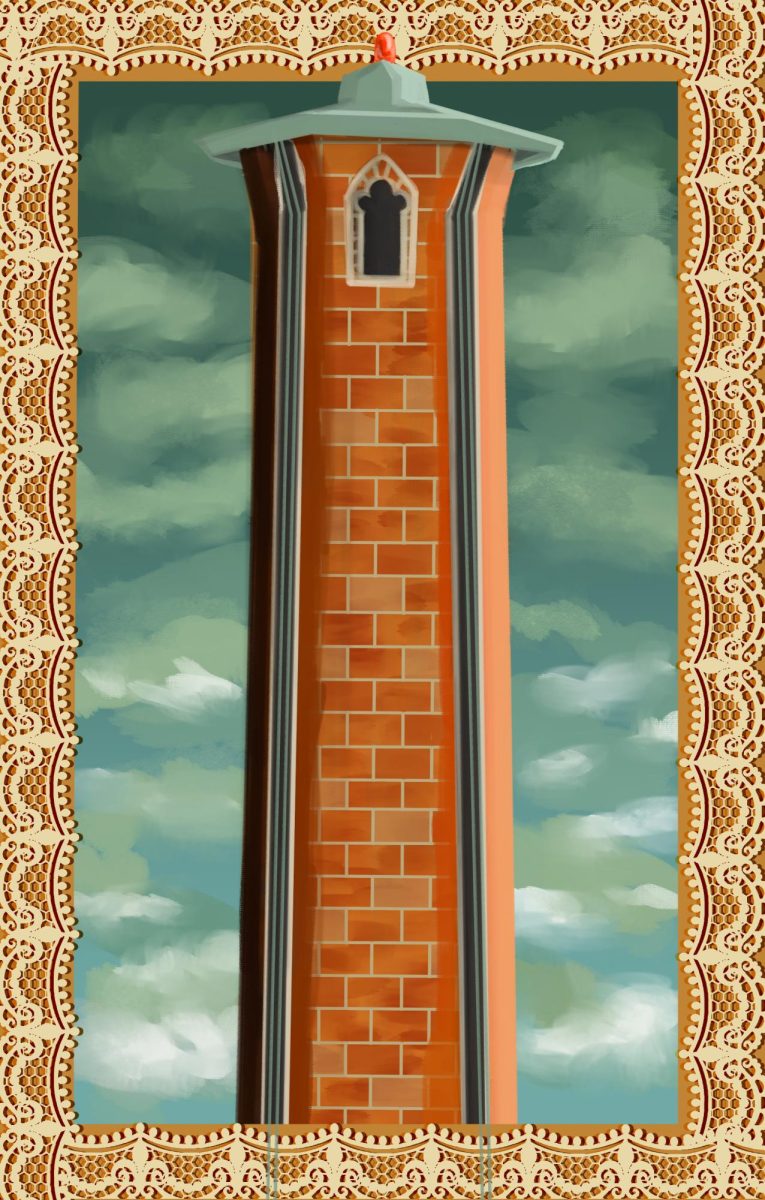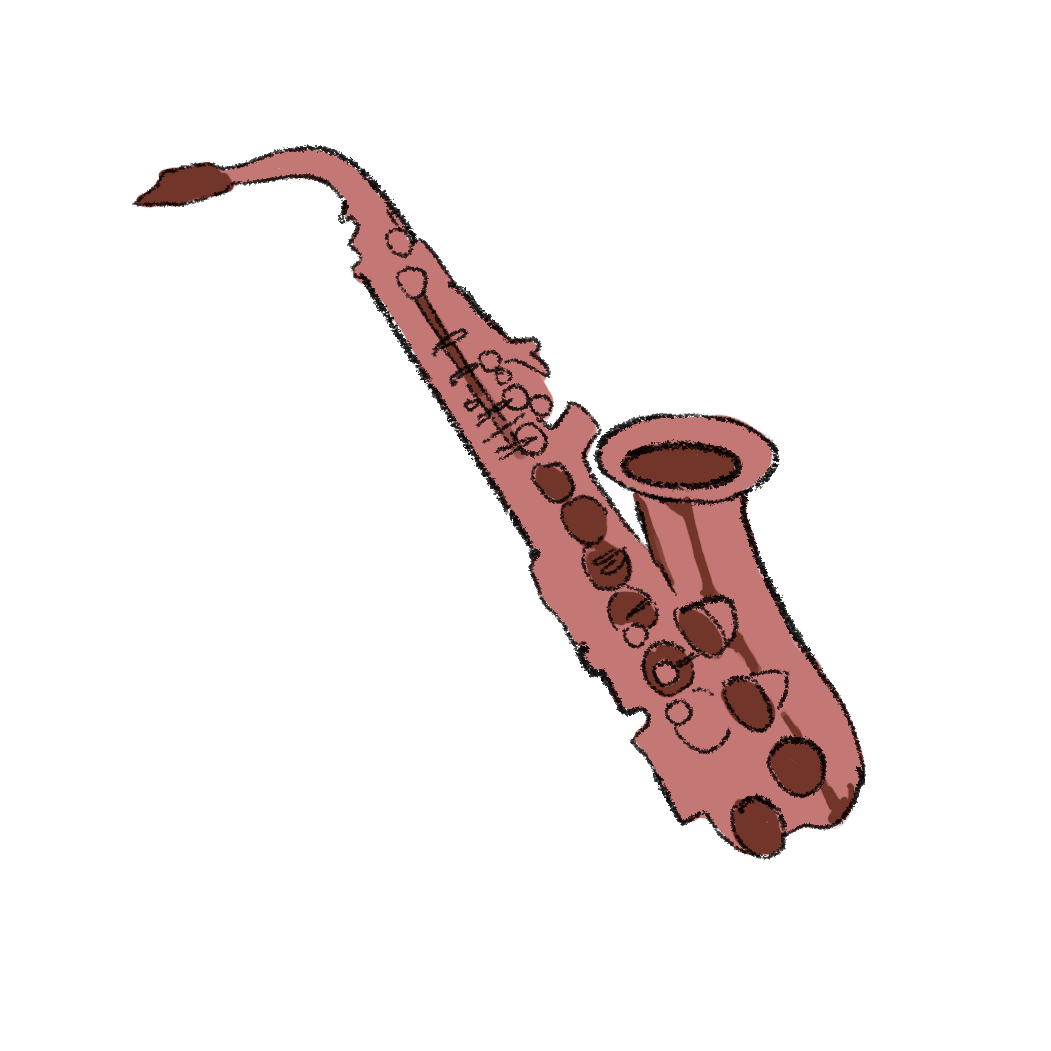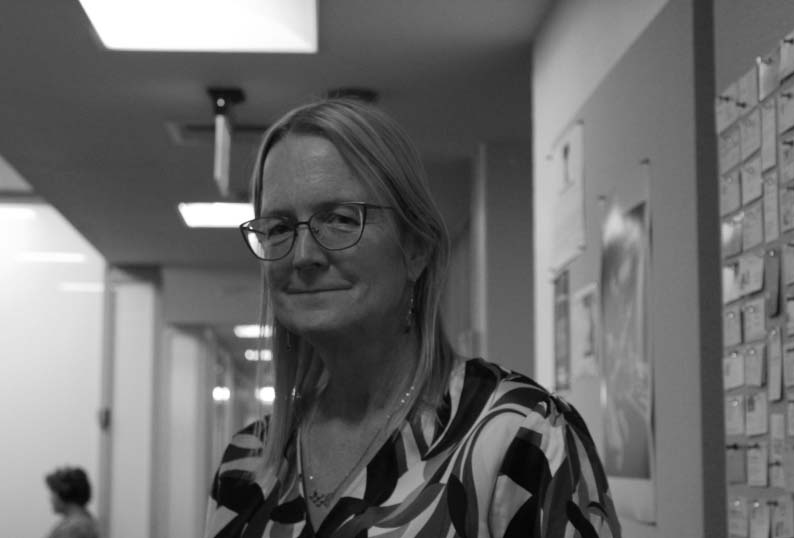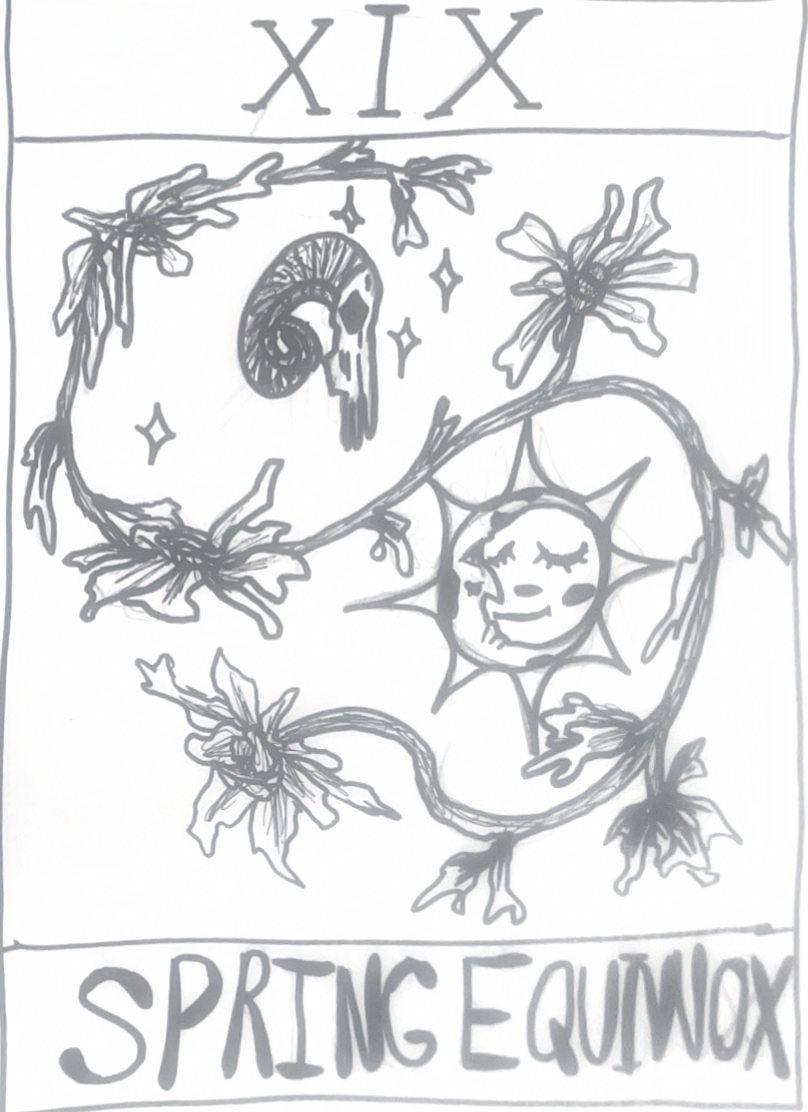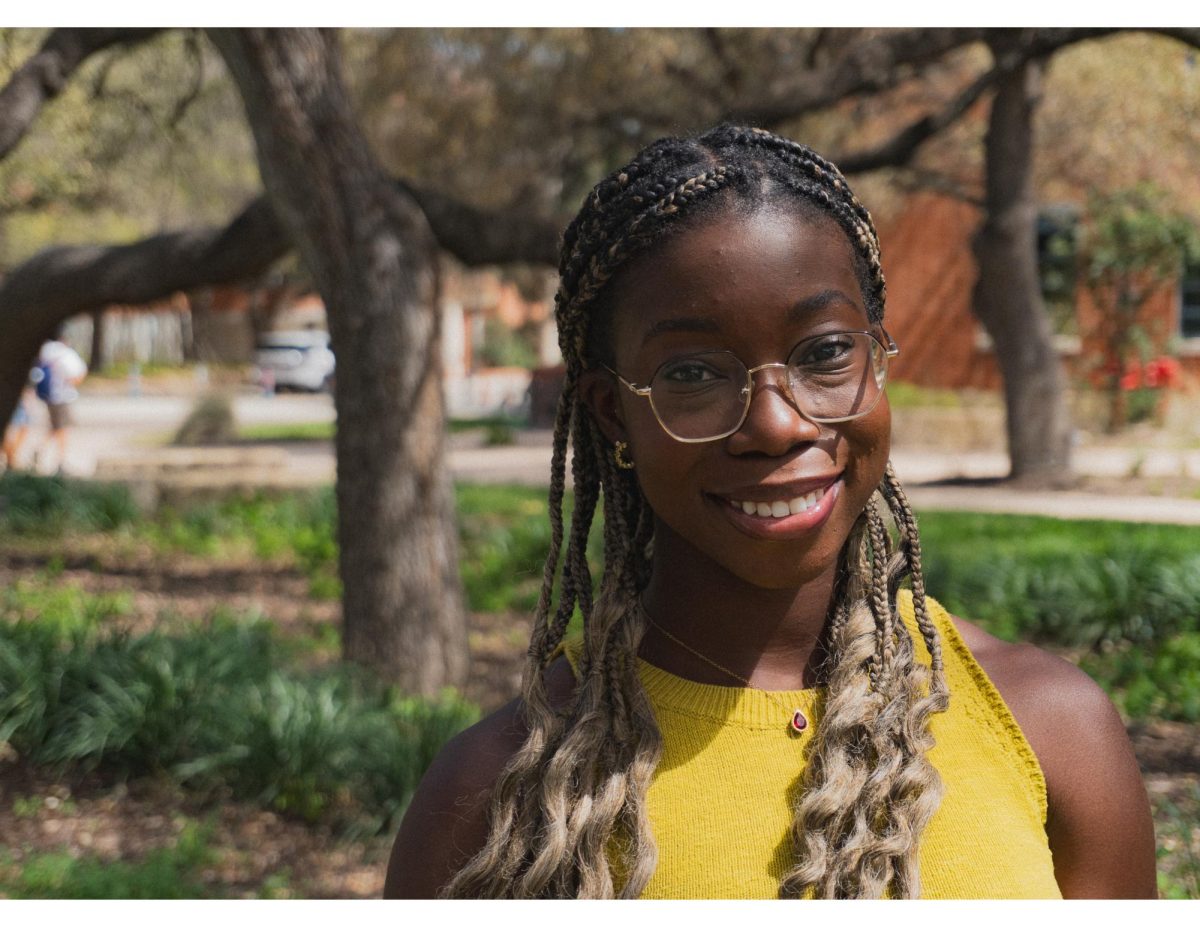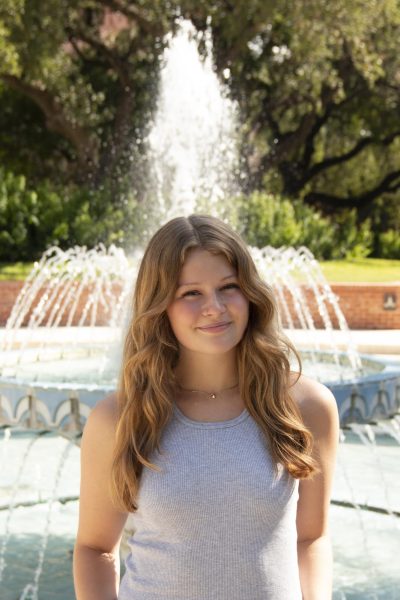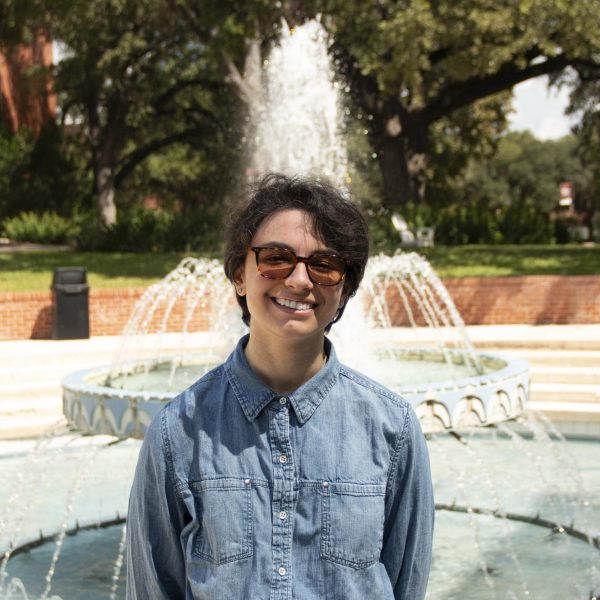Art history is in the process of hiring a new professor, as previous department head Kathryn O’Rourke left Trinity University last academic year. This leadership transition and an additional temporary shift in the senior seminar class has left art history at a critical point in its development for the coming years.
Douglas Brine, associate professor of art history, said the department is experiencing a moment of change following O’Rourke’s departure. He said the department is currently looking to hire a new professor who can teach Latin American art and/or architecture.
“It’s always going to be interesting when you have new colleagues join you. We have been a very stable department. We haven’t changed very much,” Brine said. “It’s going to change the dynamic. It’s going to change the courses we offer when that new person comes, so it’s kind of an exciting moment.”
Zachary Dycus, junior art history major, spoke about recent developments within the major. He said he received an email saying that due to a scheduling issue within the department, juniors like himself will need to take the senior seminar requirement this coming semester. Despite this change, Dycus said that requirements are relatively straightforward.
“Trinity has a tremendously simple art history major,” Dycus said. “The classes are not easy, but the requirements are not very specific: ‘take X classes before this year,’ ‘take X classes after this year.’ You need to take the two intro classes and take the one senior class. It’s very simple, and there’s never any obstacles, other than this year actually. There was a change made to the senior class, so I will be doing it as a junior, but that’s not normal.”
Even while navigating these changes, both professors and students expressed enthusiasm for their department and field of study. Kennedy Adams, junior art history major, said that she found her passion for art history through the department and sees its growth potential.
“I think it is so important, and I think it definitely should grow. I don’t know if it will because I know we just had a professor leave this semester, and I hope they are hiring,” Adams said. “I hope we are expanding more, … and I do think it has potential because I think all of the professors are amazing, and they’re all so nice, and they’re all great people, and they’re the reason I became an art history major.”
Both Adams and Dycus mentioned a more pervasive challenge to the art history major: others’ skepticism of their degree choice. Mark Garrison, acting chair of the art history department, explained how the value of art history and the humanities in general extends beyond learning about subjects, even when some see them as less valuable.
“Some students recognize that within the humanities, they are learning specific knowledge about specific things, say, for example, Augustine architecture, but they are also acquiring a way of thinking,” Garrison said. “We help students develop critical thinking skills on how to know what are the questions that need to be asked, not what the answers are. And if you can learn to think like that, you can do anything you want — you can go into business, be an entrepreneur, go to medical school.”
Like Garrison, the other interviewees stated their belief in the continual relevance of art history and expressed optimism over the department’s future. Thus, despite current changes in leadership and curriculum and a general social stigma, the art history major, minor and courses continue to provide Trinity University students a chance to grow their critical thinking and visual analysis skills.

